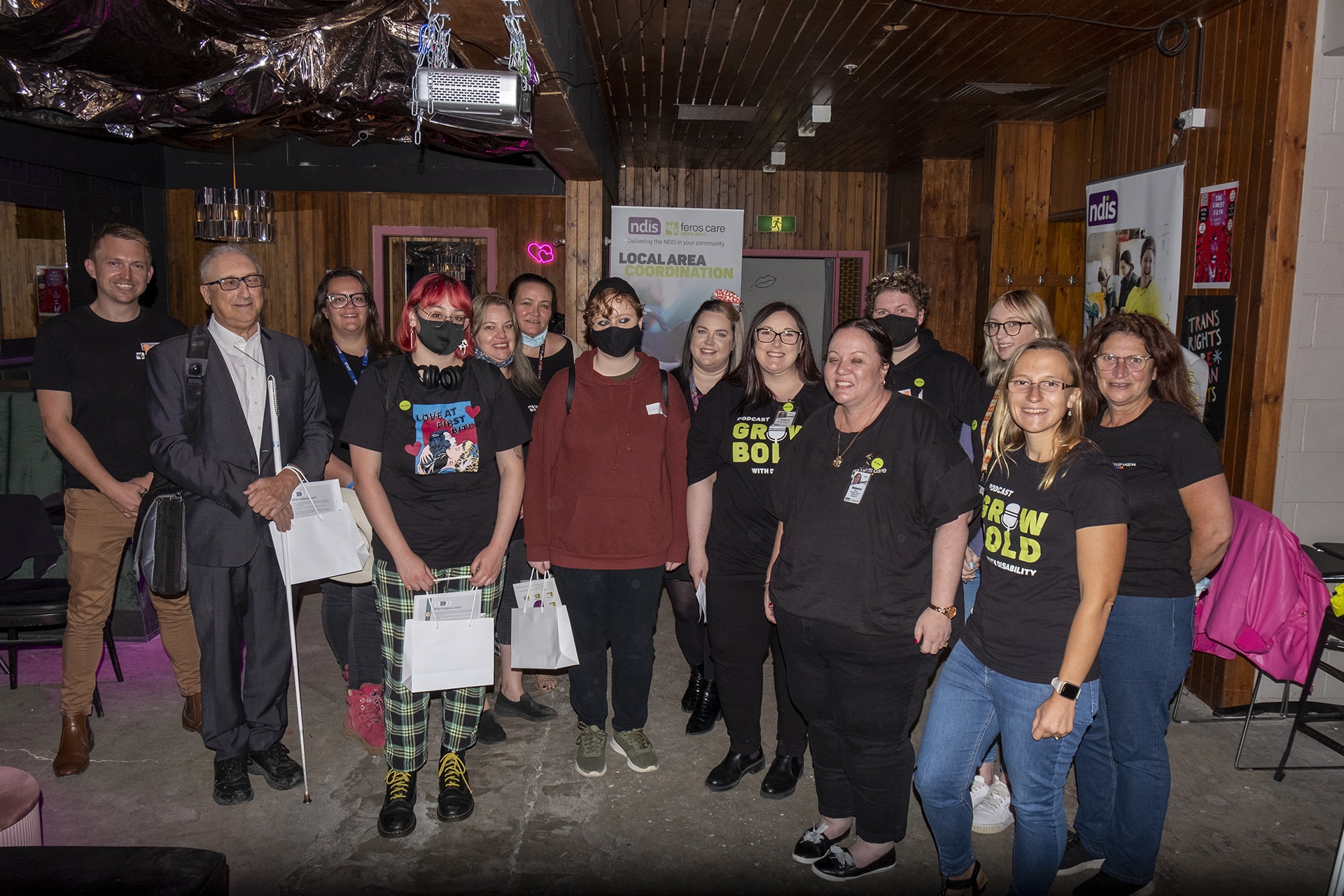
The Co-Design Way
The Co-Design Way:
How we ensure ‘inclusivity’ is more than just a word
Collaboration, cooperative approaches, community, a coming together of people from all diverse backgrounds… it’s called co-design, and it’s an important approach in Local Area Coordination that ensures that people with lived experience of disability get their say.
At Feros Care, Virtual Community Development Coordinator Mel Wanchap has been a driving force behind our national co-design project, which has aimed to find out more from our communities about the needs of all people living with a disability.
Focus groups have been held around the country and have given voice to people with disabilities. The findings from nine National Focus Groups have covered eight cohort areas and included employment and education, homelessness, LGBTIQA+, sports and leisure, First Nations, Families and Carers, Mental Health and Culturally and linguistically diverse (CALD) people.
With this, Feros Care received key insights into the barriers, areas of improvement and opportunities to strengthen community inclusion.
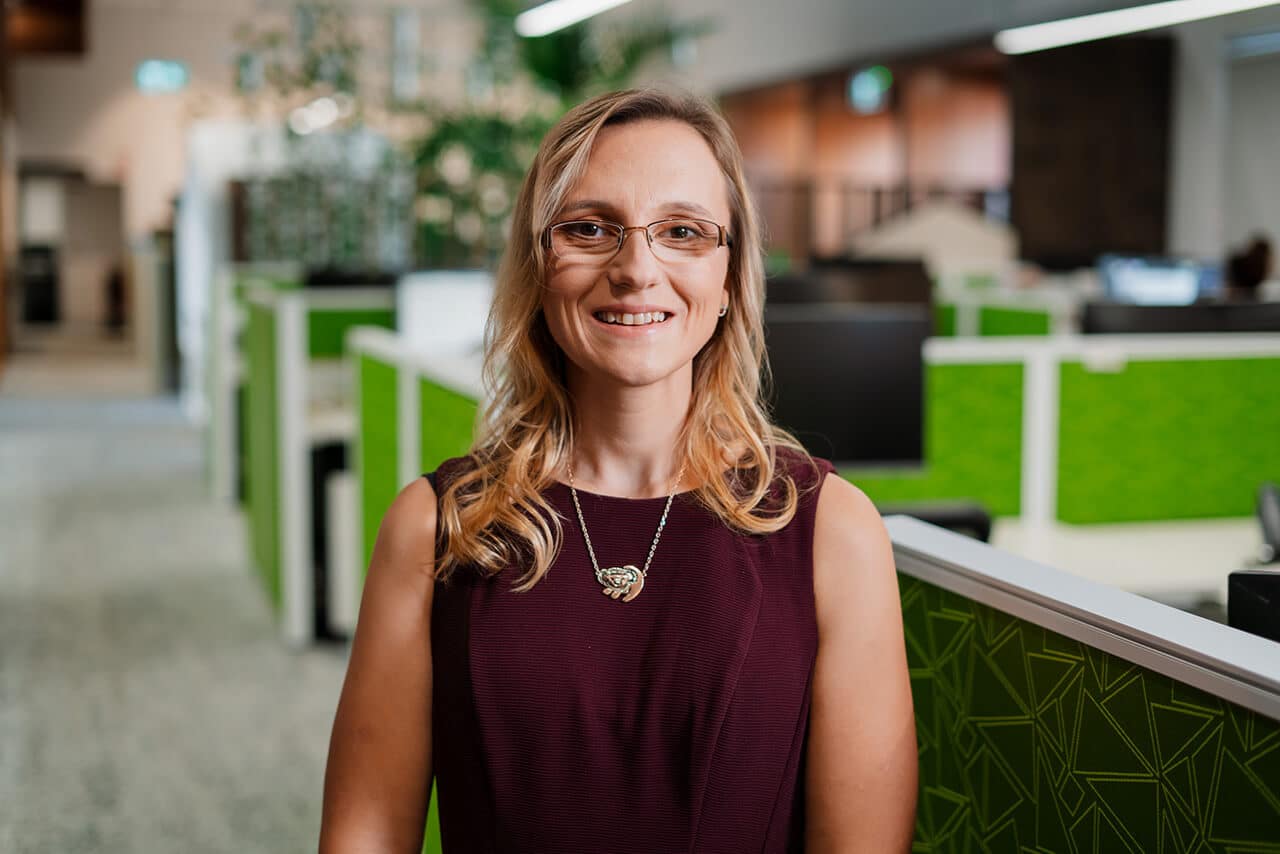
Photo: Mel Wanchap, Feros Care Virtual Community Development Coordinator
Mel says she’s looking forward to seeing real change take place, and a new mindset developing in communities.
“What really excites me is the way that we can shift service delivery to be driven by people living with disability instead of by others on behalf of people with a disability,” she says.
“They will have more choice, control and autonomy over projects and community systems that affect them. This is a human rights approach or movement.
“And it’s important because everyone should have the right to autonomy and to be empowered and respected just like everyone else in a community. Consultation alone isn’t sufficient.”
“People with lived experience are the experts of their lives”
People with disability have been marginalised for so long, Mel says, because the focus of disability has been on a person’s differences.
Now, the model is shifting from a medical ‘fix it’ approach to a social model where the whole of community has a responsibility to care, support each other and embrace the variety of strengths that we all bring to society
through our diversity.
“As a community, we’re slowly adopting the social model in little pockets, but not entirely yet.
“Often, it’s still very much about what a person can produce that determines your value which means people can get left behind.”
She says the social model of disability is all about knowing that people with lived experience are the experts of their lives.
“The focus groups allowed people’s voices to be heard which brings so much value to the disability community.”
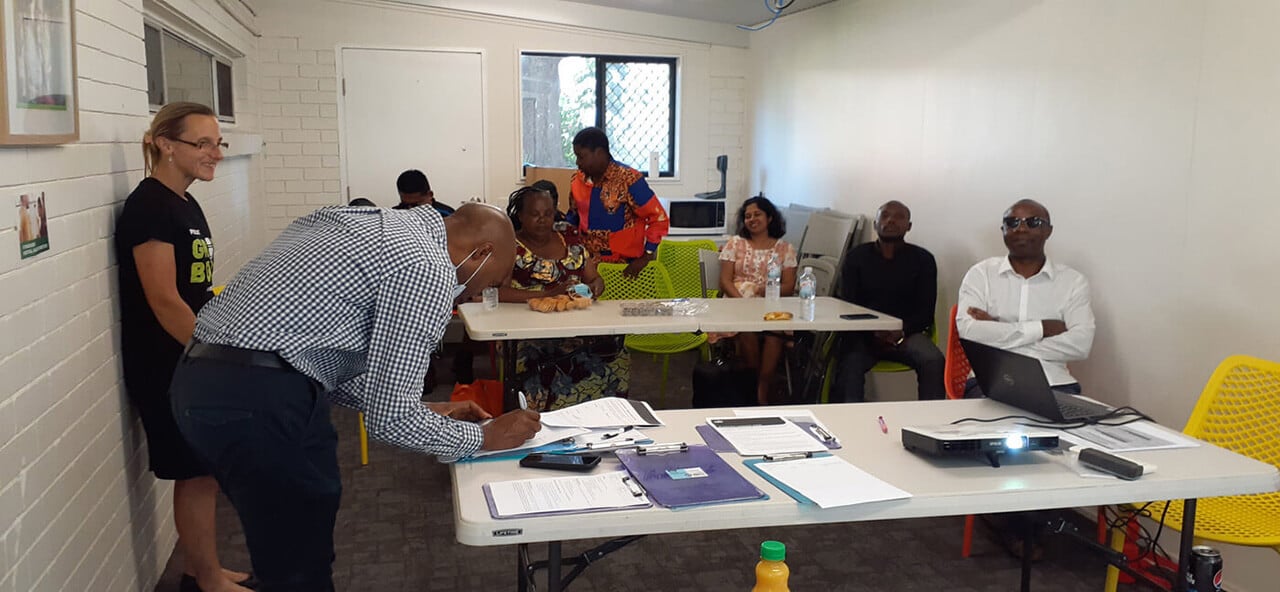
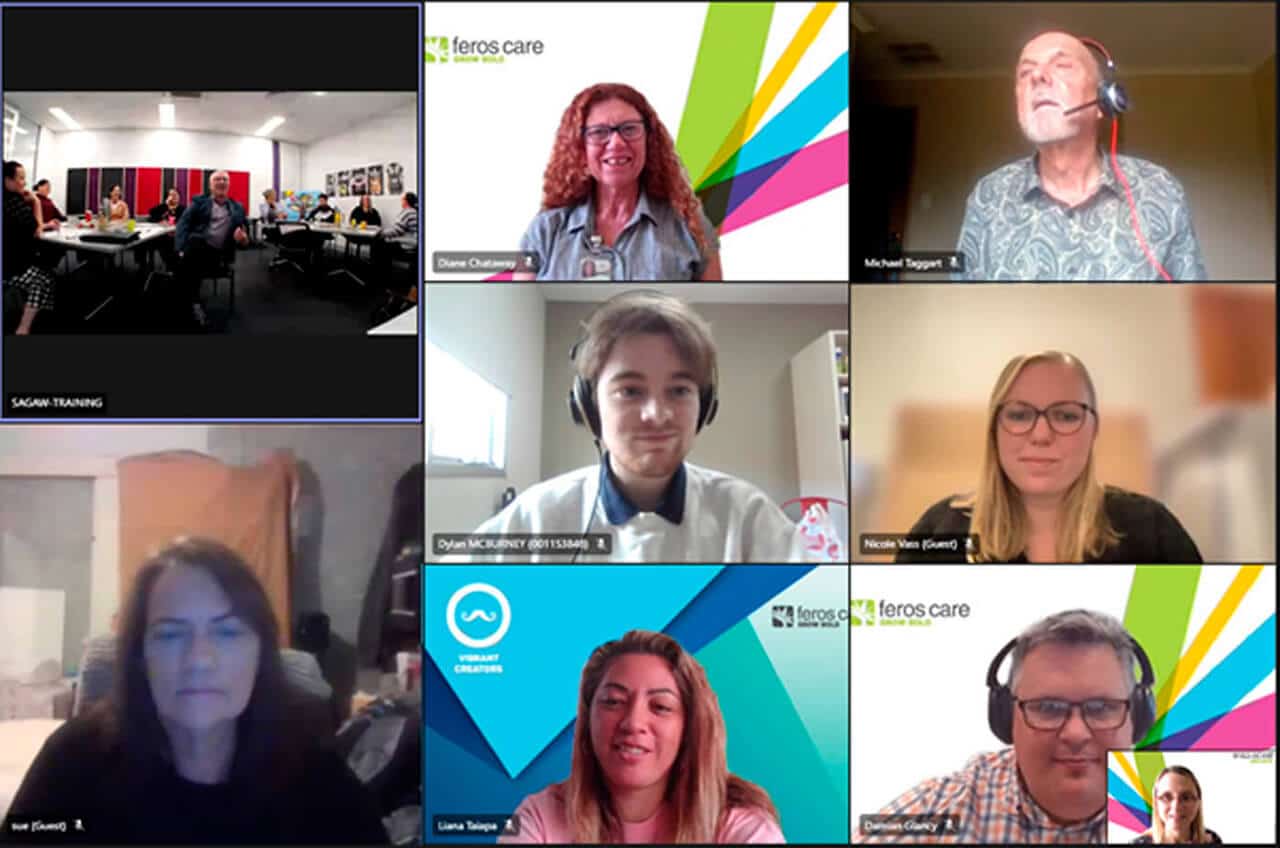
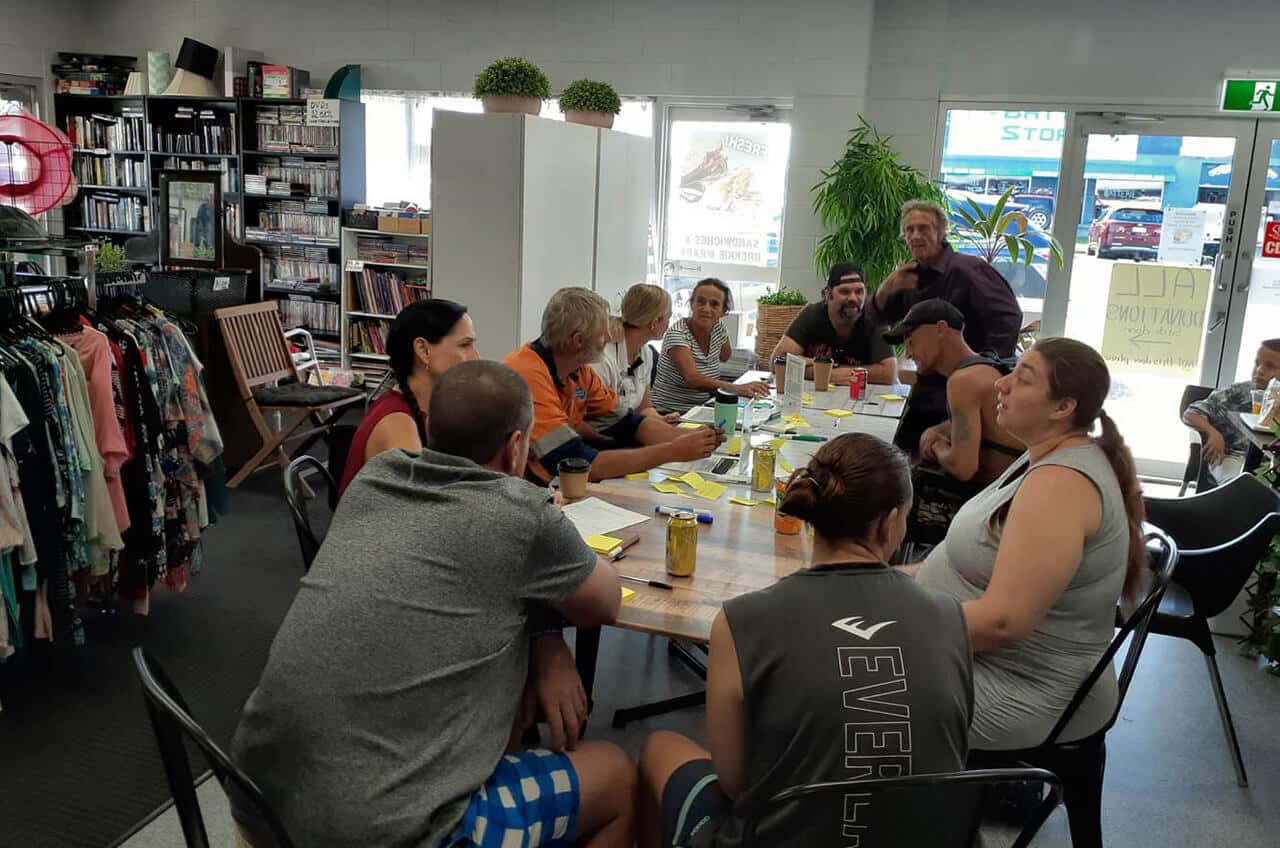
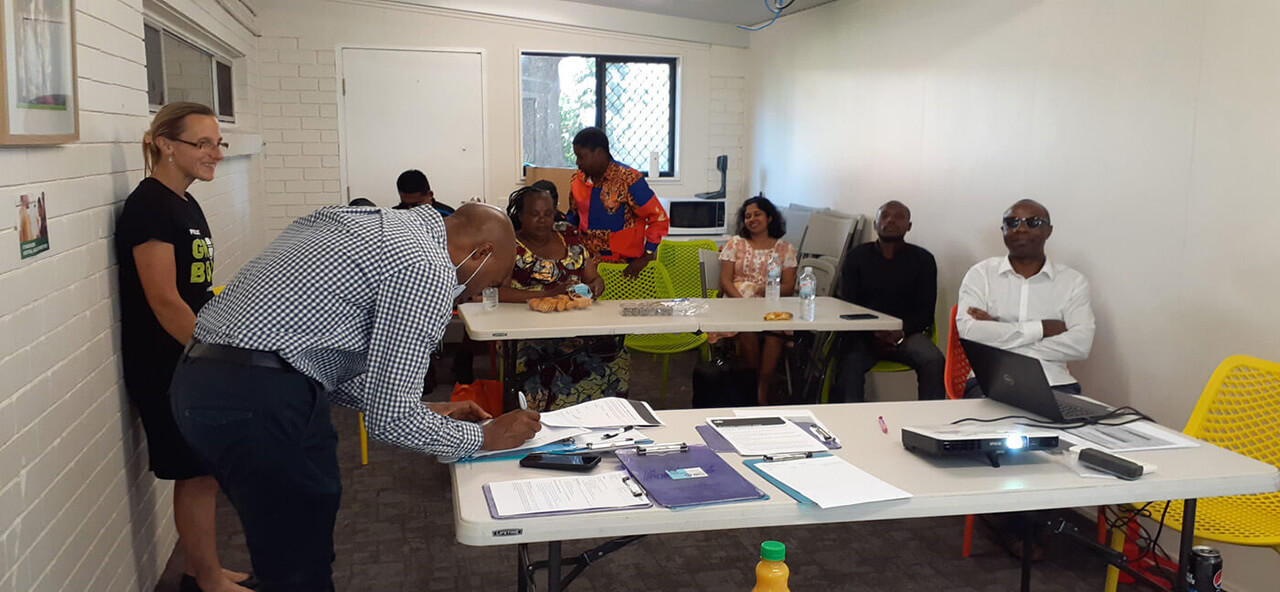
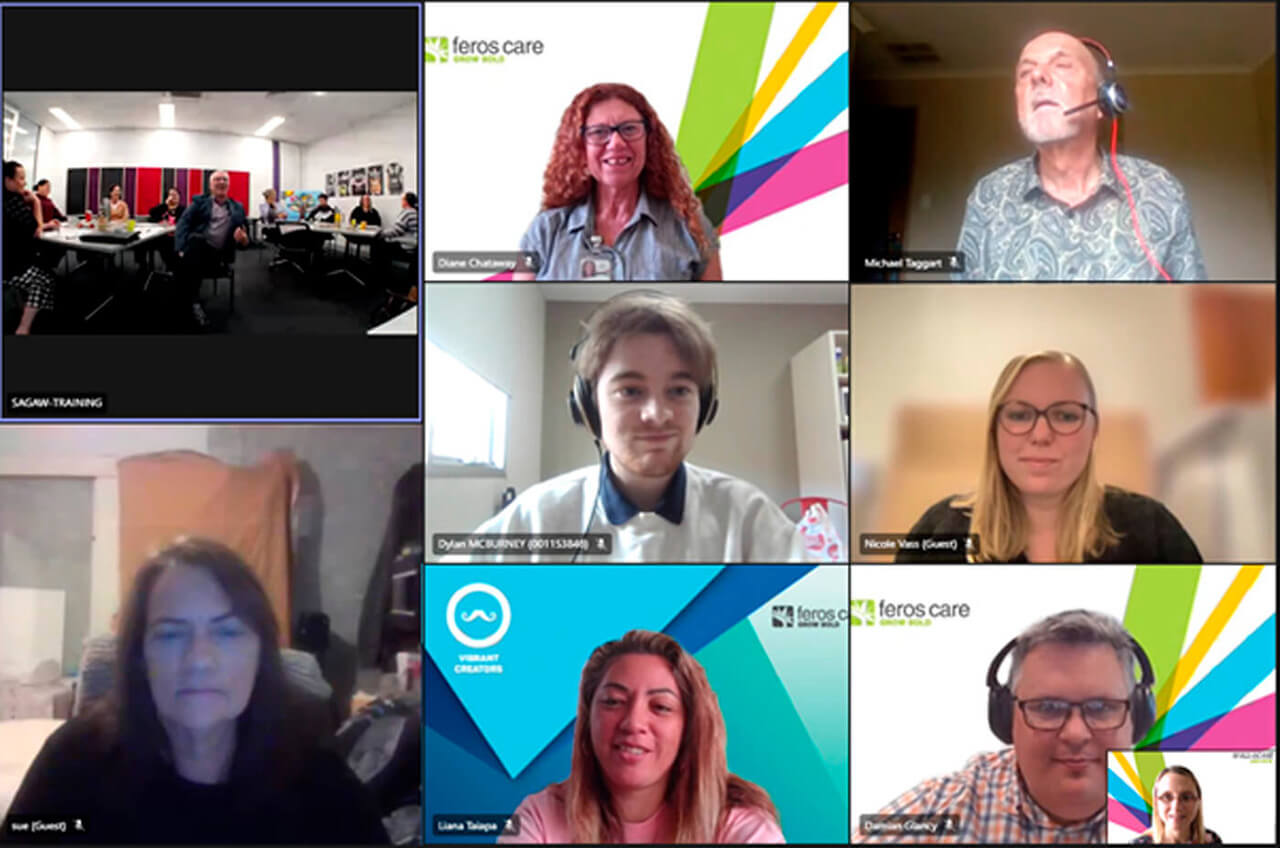
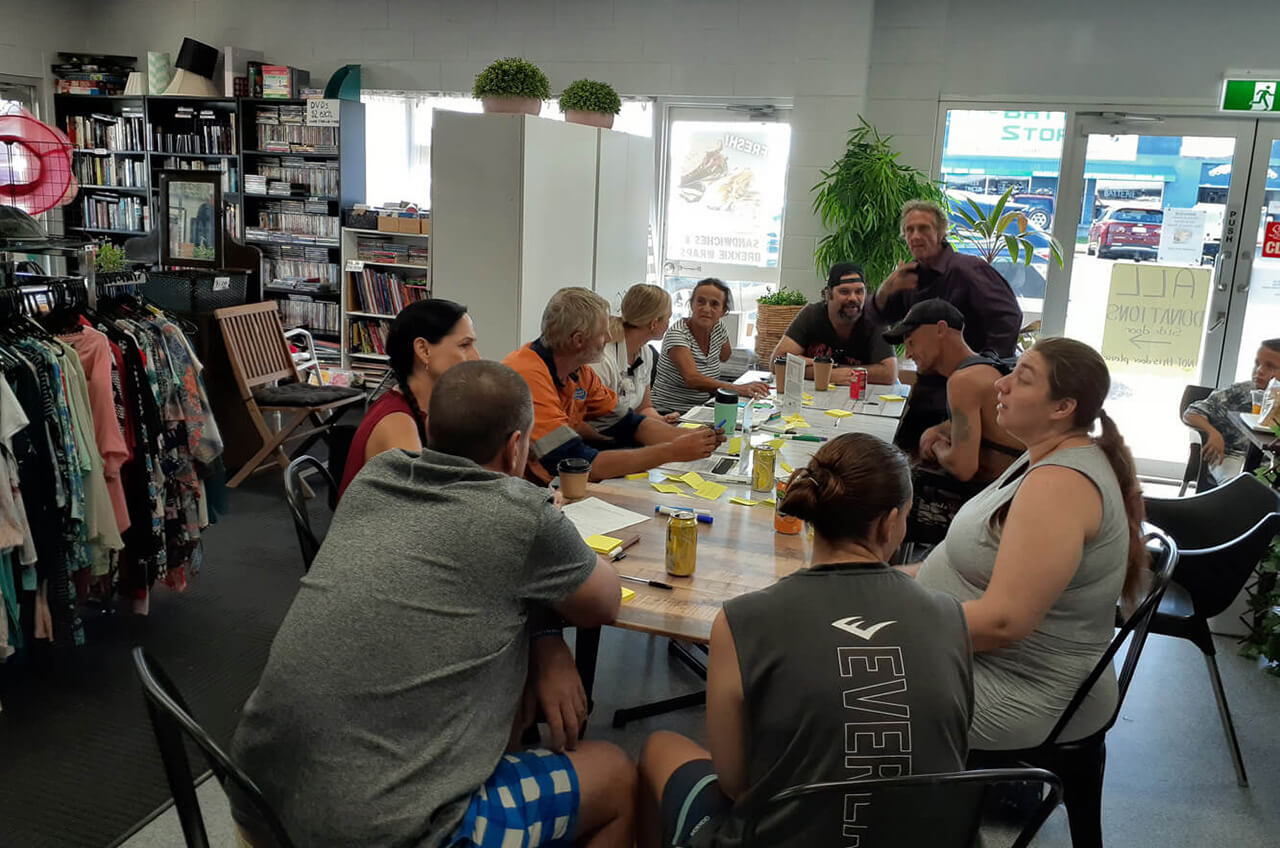
A key driver for change, Mel says, has been the realisation that we have been informed by anecdotal evidence and research about gaps that exist for people in the community – as well as the fact that people without disability are
often making the decisions that impact people with a disability and “playing the experts in how decisions are made”.
“My hope is that moving forward we shift the mindset to asking people first what they want and then bring them along in the that process of making change and achieving sustainable outcomes,” Mel says.
Representation, she says, is important; as recently recognised in the NDIA itself, with Australian Paralympian and disability advocate Kurt Fearnley AO appointed Chairman of the Board in September 2022.
“Consultation alone, isn’t sufficient as there are many micro-decisions that are needed to be made throughout each process. These key decisions are therefore still being made on behalf of people, based on assumptions,
and underrepresentation.”
The seven guiding principles
To begin the co-design process, initial focus groups held discussions about community inclusion and distilled their findings to three top ‘insights’.
From there, a defining stage took place, allowing for the development of eight overarching ‘themes’ of focus founded on the insights.
In the following development stage, the eight co-design themes were formatted into principles in a co-design workshop, with community stakeholders.
The principles were then presented to the community for a national vote, which resulted in the final top seven guiding principles, now being embedded in Feros Care’s work:
From here, local working groups will be recruited to include people with lived experience and local disability representatives.
In LAC office locations in South Australia,
groups of peak bodies are already being formed, and paid staff including people from the community are kicking off new projects. One of these is aimed at making leisure centres more inclusive for people
with a disability.
This, for example, means collaborative site reviews and creating training for organisations to ensure they know how to create a safe place for a person with autism.
How we gathered the most valuable of insights
Our co-design principals were only made possible through the sharing of stories, vulnerability of participants and open discussions held in the focus groups.
And despite the diversity of the people present, all with relevant skills and interests, there was a starting point that remained consistent across groups:
“What matters to you?”
And from there –
“What does inclusion mean to you?”
“What issues are you facing?”
The insights came from the heart, came from lived experience, and came from lifetimes of wisdom and understanding.
The importance of simply being heard was paramount and was a common theme among all groups.
For employment, we learned the importance of not making judgements of ability. The key of friendships and connections. That more support for education is needed, and greater awareness in the community.
For mental health and wellbeing, we came to understand the need to support teenagers, especially as suicide rates are high and wait times for psychological and other support services are long.
For people experiencing homelessness, discussions included fears for child safety, a complete lack of employment options, widespread ignorance of the issue, and a dire need for services in the community such as
public showers, barbecues, and sporting opportunities.
The First Nations conversations looked at a need for community-led programs, and a lack of inclusive programs for children. People talked about feeling ‘labelled’, and systemic racism in mainstream
services and language barriers posed problems. As did a lack of choice and control and a lack of educational provisions for ‘invisible’ disabilities.
People from culturally and linguistically diverse backgrounds highlighted the need for support for family units, employment and the need for translators to be used throughout communities.
Jean Anderson on gaining trust and breaking down barriers
Jean Anderson is a First Nations Community Development Coordinator at Feros Care. She has worked in roles to support the Aboriginal and Torres Strait community in Bowen for many years, and took part in the Feros Care focus group
held in Bowen.
One of the biggest barriers for clients who wish to be supported by the NDIS, she explains, is visual.
“Sometimes we look at people and assume they don’t have a disability, without realising they could be struggling to cope with a mental health issue.
“I used to take people to doctor’s appointments and pretty much advocate for them – it’s about making sure they follow up and that the doctors reach the needs the client.”
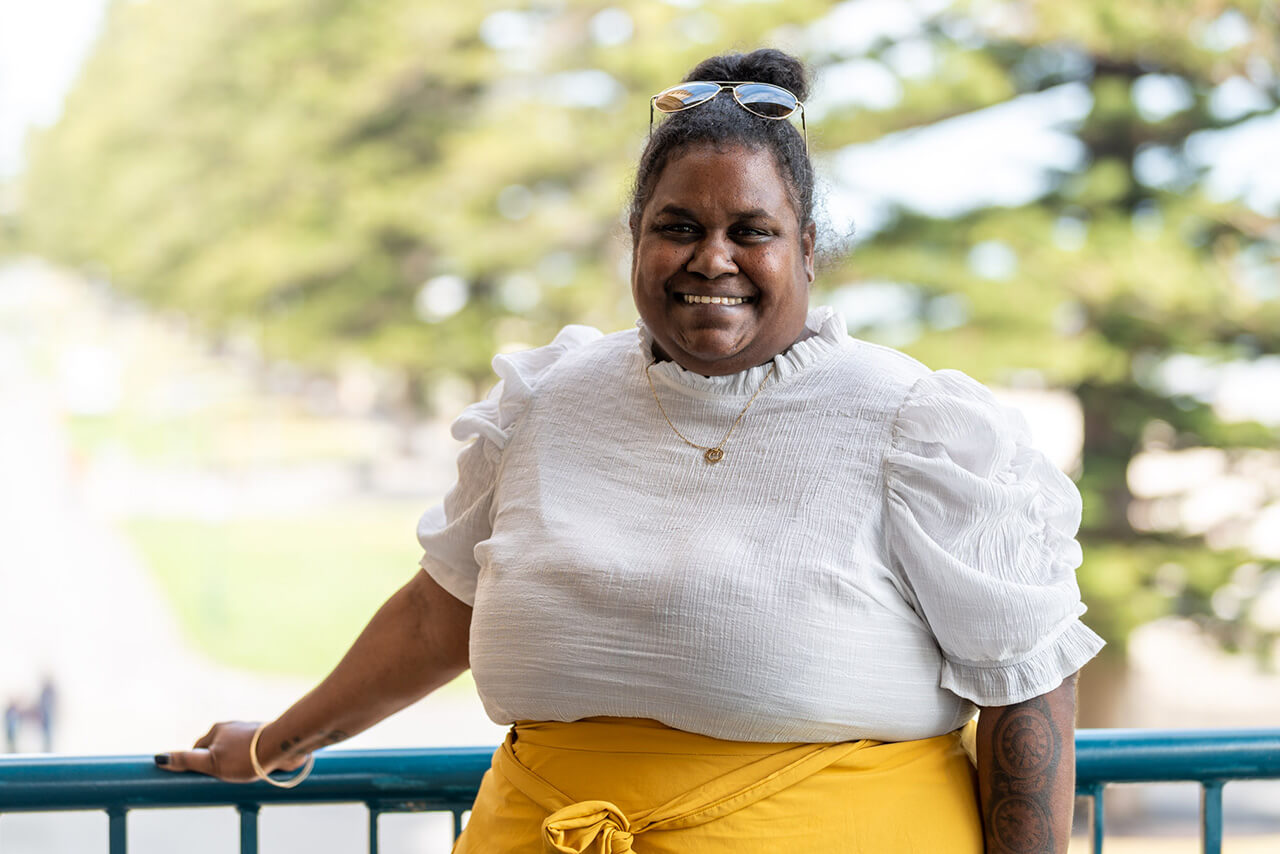
Jean’s job, she says, is about “closing that gap” so people can access the mainstream services. “It’s important for people who claim the NDIS to know how to utilise their funds. For example, they might
not have been told that they can use their funds for a speech therapist.”
For many First Nations people, English is mostly a second language.
“So you need someone to interpret to the clients. Shame and embarrassment can play a big part and are barriers,” Jean says. “When they feel shame, they’re too embarrassed to ask for help or support so they
just go on with their usual day-to-day and it means they miss out on that extra support they could receive.
“There’s doctor talk and doctor lingo and most First Nations people just agree with them without asking questions.”
She says the focus groups highlighted the importance of using interpreters across all areas of support and community access for a person.
“If, for example, an interpreter is put in place the person gets better management in their health overall. They would get more knowledge of the underlying issues of their health and more information about self-management
too. They can learn how to manage their own health independently, especially when there’s chronic illness.
“Overall, this means it’s better health outcomes and life expectancy for our people.”
Emmaline Gower on awareness and truth
Feros Care’s Carrie Elliott held a Focus Group at Mackay’s Chances Café, which offered a forum for people from the region’s
homeless and sleeping rough community.
Emmaline Gower took part in the group because, in her words – “I know what it feels like – we don’t get given a go.”
Emmaline lives in Mackay, with two of her sons. She spent most of last year living out of a car, and while she currently has a roof over her head, she’s expecting to be homeless again in a few weeks – indefinitely.
The cafe, Emmaline says, helps the homeless and the needy. “And they’re trying to run a cafe too. They’re feeding homeless people out of their back pocket – they are doing it for the people, not for themselves.”
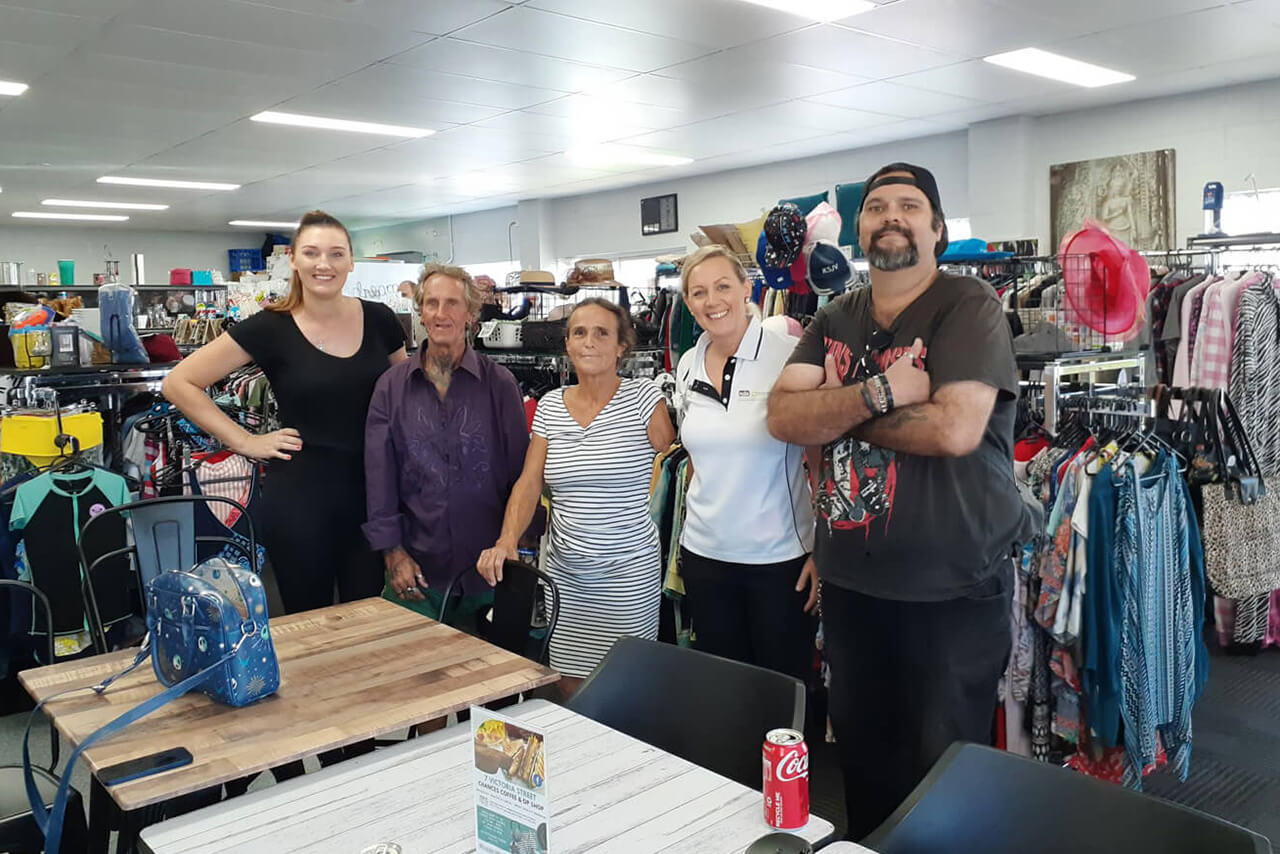
Emmaline’s sons, aged 10 and 13, enjoy football, eating pizza, and playing computer games – just like many other boys their age.
But unlike many other young people, they have become accustomed to the instability and insecurity of homelessness.
“In the car, we don’t feel safe,” Emmaline, 57, says, “but we just got to get the night over and done with.”
“I have cereal for the boys. I buy milk the night before and bury it under the clothes so it will stay cold.
“We were living out of a car for quite some time. We were camping on the stage at the showgrounds with a tent. Everyone says ‘get a house’, but I can’t afford it.”
Emmaline is Indigenous and has 5 other living children, a child who passed away, and grandchildren. She also has a disability – she has one arm after an accident a few years ago.
“I’m Indigenous and homeless. And Aboriginals get treated really badly. But I don’t bother anyone. I keep clean and tidy. My boys come first.
“But when I set up camp, I get moved on by council or I get dobbed in. White fellas can come there and camp but I get moved on.”
A former jersey farmer who also has skills in plumbing and bricklaying, Emmaline says she has “done a lot” but has nothing to show for it.
Her boys would like to be dairymen, and she would love nothing more than to show them how.
There could be options for her to work on a dairy farm, where she also received accommodation, but she says council laws don’t allow it.
“I would like to stay on a farm and work in return for a place to stay, but it’s not allowed. There’s big fines if I stay on a jersey farm.
“I just want somewhere to live safe and in harmony and on land where I love to be.
“Even if there was a shed, or I could rent a donga. I could make it home. In the places I’ve been, once I get in them, I spring clean them. But then I’m told to get out because the owners want the place back or
they put the rent up.”
Awareness and “the truth” are what Emmaline says are needed for communities to be able to break down stigma and take positive steps forward in tackling homelessness.
“We get treated like dirt, like scum. We need people to start talking to us like humans … because we breathe just like them.”
On the whole, she feels “completely” unsupported. She mentions that funding and setting up halfway houses or community houses could be one way to assist people living without homes in our communities. There could be
a community kitchen, and possibly share accommodation where people could be offered a bed for the night.
“Places where the public can come and sit and help cook and talk to the homeless and get to know the homeless and know what we’re all about.
“We’re not bad people. The public can come and communicate and talk and work with us and give us part-time jobs and start us with no pay. And if we’re not good, we walk.
“That’s been my motto.”
Such refuges could offer a place for people to wash their clothes “and get a break”.
“Having somewhere to get away from the cold and rain would help. I’ve heard of place in Brisbane giving up carparks overnight and people using swags.”
To open people’s awareness and open their eyes would be Emmaline’s vision for the future. “So that they treat us like people, listen to our story and walk up to us and say g’day.”
When this happens, she says, the damaging stereotype of a homeless person can be broken down.
“Our stories are not what you might think. Living out the car around Mackay, I got branded but I don’t smoke, I can’t stand drugs. I got accused of being a ‘druggo’, an alcoholic and a gambler. I don’t
even drink alcohol anymore, and I don’t go near the clubs.”
Support is also urgently needed, Emmaline says, in the legal and mental health sectors.
“I’m claustrophobic and suffering depression. I need mental health support.
Sibbo Innocent Sengabo on the services we need
Sibbo Innocent Sengabo, a worker with TMSG’s government-funded Settlement Engagement and Transition Support (SETS) Program, joined the Feros Care Queensland advisory focus group which was operated over a six-month period.
The group looked at how multicultural groups are impacted in the disability space, and Sibbo says it gave people the chance to talk about the issues “most important in their journey”.
In one discussion, he says people were able to discuss disability in terms of inclusiveness as well as any underlying issues that exacerbate their situation. These included family issues, cultural issues, finances, and the changing
of gender roles due to new circumstances in a new culture.
“People talked a lot about employment – finances is a big issue. Often where people come from, the man is the bread winner who looks after the family. They can wait a long time to get a job, and while they’ve
been waiting the money for the kids goes to the wife. This causes anxiety and stress within the family. It impacts the man’s sense of worthiness.”
Sibbo – who is also involved in Townsville’s new Head to Health program – says the follow-on impacts to the whole family unit were major when the adult relationships begin to flounder. And if there’s a
disability, it becomes more problematic.
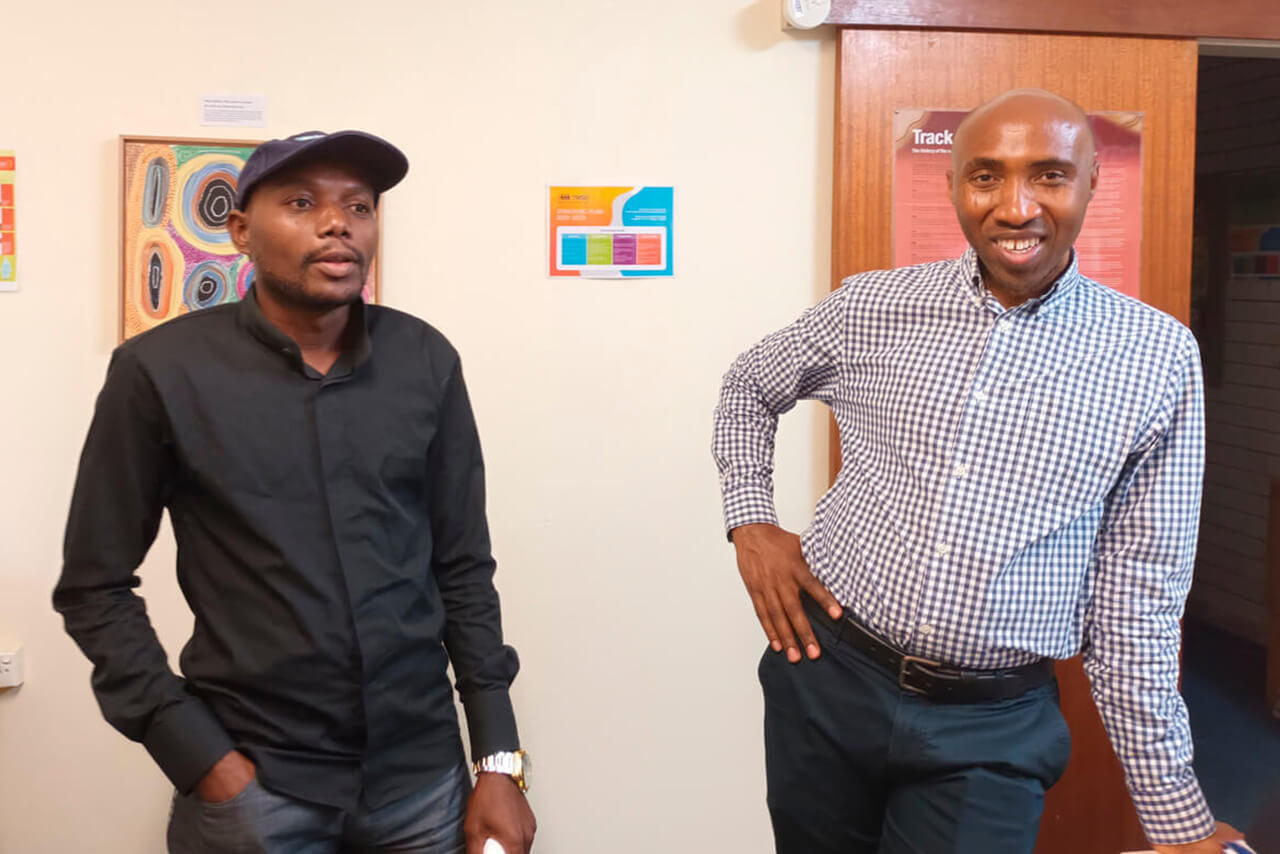
“The relevant services should reach out to these communities. If people don’t know how to access those services or don’t understand even really where to go, it can be a problem.
“The challenge is that some of the service providers are not willing to engage with the cultural and linguistic communities effectively.”
Sibbo says sourcing and securing housing for families from culturally diverse backgrounds has been a challenge, as real estate agents are unwilling to use interpreters which “makes things more difficult”.
When a disability is also involved, effective communication is key – and only some organisations have taken this on board.
“One thing I raised was that we have had a lot of working groups and consultations happening. A few weeks ago, I made a referral for someone with a psycho-social disability to Selectability in Townsville.
“They asked me how do we get an interpreter, and I sent them the information.”
Sibbo says the process was collaborative, and he was happy they sought an interpreter, however other organisations including mental health and behavioural therapists were reluctant to work with interpreters.
“When this happened recently, I said we’ll need to go elsewhere. You can see there is a long way to go.
“People are used to doing things in a certain way and they don’t want to change. It’s easy and faster and they don’t want to spend more time.”
Sibbo says others voiced their concerns about a lack of genuine inclusiveness in the community.
“Some indicated that some Australians were not welcoming and this makes it hard for new arrived people to mingle and integrate.
“On the other hand, some pointed out that mingling with their community has been a challenge where the interaction does not respect boundaries.
“For instance, one participant during the conversation indicated that he had had issues with inviting people from his community who would go into his house and start to inspect or try to know more about what his family eats
or have in the house.”
The real-world examples
Ann Ryan, Community Services Coordinator with Whyalla City Council, says it was “great” to be part of the Feros Care focus groups project which she felt allowed for in-depth and positive discussions and feedback.
“I found it was helpful engaging people with lived disability as by doing co-design, you’re talking to people on the ground level themselves.
“A person with a disability can get ignored as people talk more to the able-bodied person, and this was about concentrating on the person with lived experience.”
When it comes to parks and recreation, there’s plenty that can be done to make a difference.
For example – communication boards have been put up in the local park, Wilson Park, which allow people who are non-verbal to communicate with others. If they are feeling sick, they can point to the image of an unwell person.
Ann says that a site inspection was carried out, and it was found that there was a small lip in the park pathway which meant people in wheelchairs couldn’t get to the path.
This was only discovered, she says, by adopting the process of inclusion and ensuring wheelchair users were engaged in the evaluation.
The park has also been updated to be more inclusive with a sensory pod swing and some sensory play musical elements. A local school has now also requested a similar board for their playground.
“Nothing about us, without us”
We come back to Feros Care’s Mel Wanchap, who was brought to co-design through her passion for upholding basic human rights still missing in our communities.
Through Mel’s post-graduate study in the disability and human services fields, she learned about the purpose of the United Nations Convention on the Rights of Persons with Disabilities (UNCRPD), and its aim to protect and
ensure the full and equal enjoyment of all human rights and fundamental freedoms by all persons with disabilities, and to promote respect for their inherent dignity.
“This reflects the social model of disability, where a person is disabled by the environment that they exist in. It helps shift attitudes from the responsibility of the person to be ‘fixed’, to the responsibility
of the community to be inclusive.”
Mel’s mother, brother and sister have cognitive disabilities, and knows exactly how isolating it can be to not be understood or connected to community.
“Services who would try to work on fixing things on behalf of people like my mum, instead of working with them, and it was detrimental.
“Because she was disempowered through this type of support, she rejected it completely. Because of this we missed out on early intervention for my brother and sister.”
“I am also a late ADHD diagnosed woman, who is working through evaluating past experiences through this lens. I can reflect how my own voice has been minimised because of my executive challenges and missing supports leading
up to this time.
“While I am still sometimes shy to use my own voice, I know how intrinsically important it is to inform the work I do now. This drives my passion for this project, to model co-design by working in closer collaboration with
people with disabilities to build inclusive connected communities for everyone.”
It is Mel’s hope that this is modelled well within Feros Care, and will spark the interest of our wider sector to do the same.
“It all starts with creating opportunities where people’s voices are heard, and then actioned on with people with disability driving these community initiatives for wider social change.”